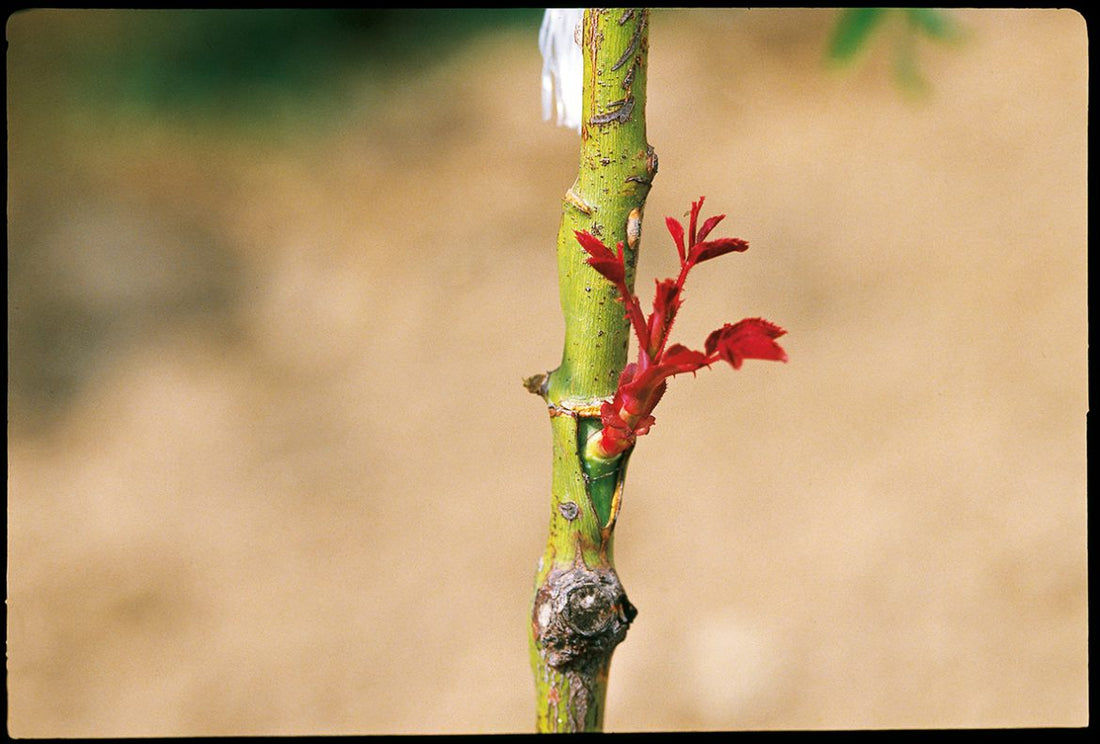Propagating roses
Grafting still plays a primary role in propagating the countless rose varieties. However, propagation from cuttings is becoming increasingly popular. Wild roses and rootstocks are sown. Some species can also be propagated from root cuttings, such as R. nitida and R. virginiana. Propagation from wood cuttings is also an option, such as with R. multiflora.

sowing
The fruits (rose hips) are harvested when fully ripe, and the seeds are washed out. These are subject to strong germination inhibition, so it's best to sow them immediately after harvesting. Seeds stored in dry conditions should first be stratified in warm conditions for 12 weeks and then in cold conditions for 12 to 16 weeks. However, over-ripe seeds may occur, so germination can only be expected in the second spring after harvest.

Cuttings
More and more rose varieties, especially ground-covering roses, are now propagated by cuttings. However, it is controversial whether self-rooted varieties have the same longevity and winter hardiness as grafted roses. Cuttings are best taken in June or July. Take shoots whose flower buds are just beginning to show color and cut partial cuttings with one or two nodes. Rooting requires soil temperatures of 20–25°C.
Refining
Budding onto the dormant bud from late June to late August is the most common grafting method. R. canina, R. multiflora, and R. laxa are used as rootstocks. Grafting is done from root-rooted cuttings or by budding in summer. For crown grafting of S. caprea 'Pendula', S. daphnoides is used as the rootstock. Grafting is done by goat's foot grafting or cleft grafting in early spring.
← vorheriger Post: Make your own compost – this is how waste becomes valuable humus

The content of this article is from the book:
Wolfgang & Marco Kawollek
Everything about plant propagation
Vegetative propagation and seed cultivation
ISBN 978-3-8001-1294-4
€29.90 – Ulmer Verlag
Propagate vegetables, fruit trees, ornamental shrubs, perennials, summer flowers, and houseplants yourself! Here you'll find everything you need to know about propagating plants in the garden, from seed nursery to propagation from cuttings to grafting. Following an introduction to seed nursery and vegetative propagation, substrates, and propagation equipment, 900 woody plants, perennials, summer flowers, house and container plants, vegetables, and herbs are presented along with their various propagation methods. Experts provide sound practical knowledge, clearly explained – 900 illustrations show detailed procedures and step-by-step instructions.






























































































